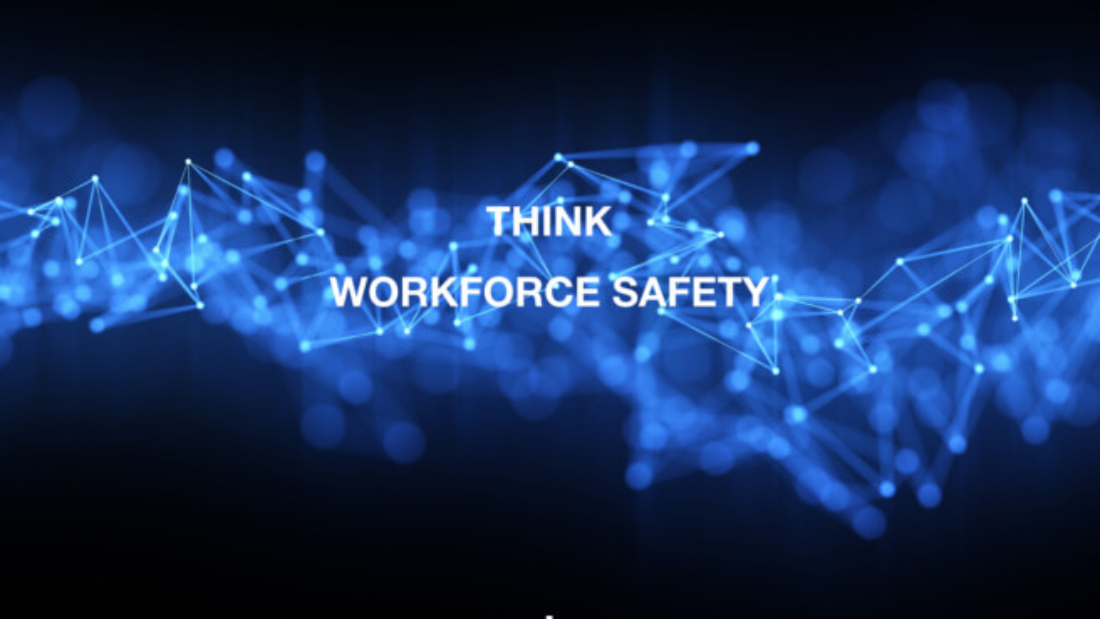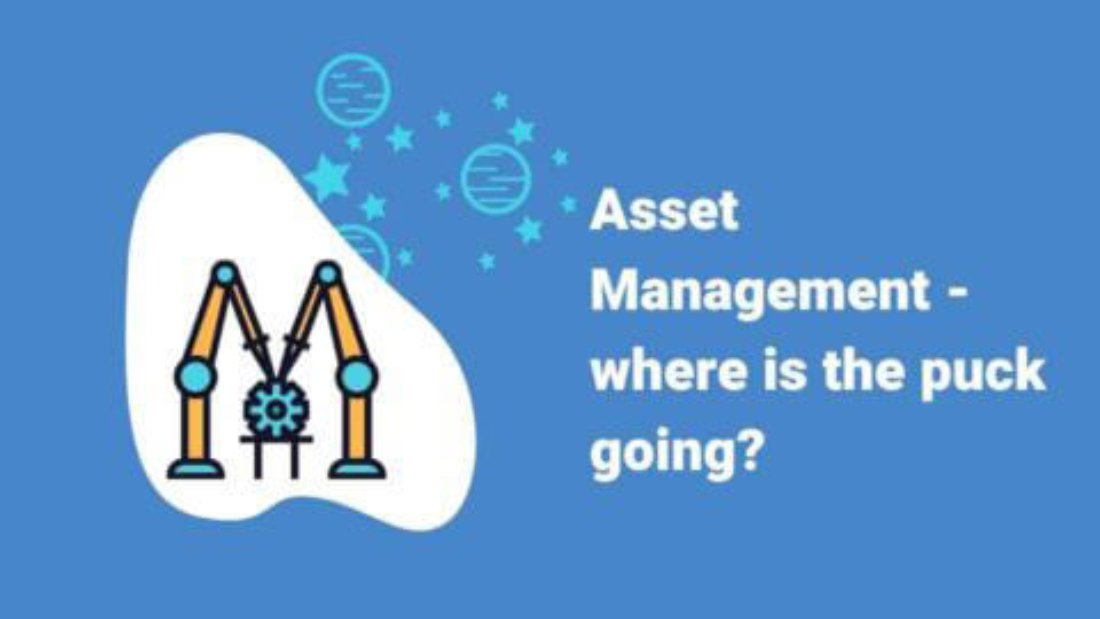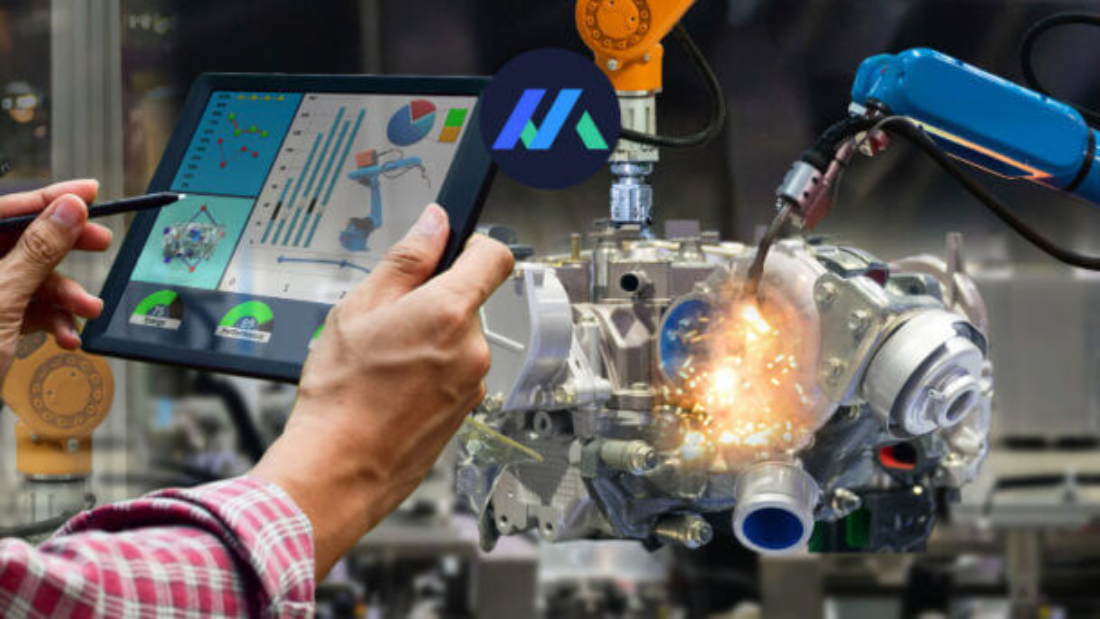Accidental contact with electrical cables and water or gas pipelines is one of the main health and safety risks that utility sector employees face when working underground. These utility strikes, also known as service strikes or hits, can happen frequently and cause significant harm or even death if proper precautions aren’t taken.
Smart Cities are expanding at a breakneck rate and rely on bigger, more intricate utility networks to fuel this expansion. On the other hand, aging cities find it difficult to maintain the current infrastructure or make room for new installations. Repair and modernization projects require extensive street construction and the excavation of holes to reach buried utilities in order to maintain the operation of essential services. Any excavation will inevitably bring employees to close proximity to subsurface infrastructure.
A crucial safety measure is to locate all buried utilities precisely both before and throughout any excavation procedure.
- The built environment poses numerous obstacles to those involved in #utility conflict avoidance, and utilities and services contractors are both actively exploring new technology and solutions at the moment. Too frequently, occurrences involving close calls, mishaps, or excessively high risks could have been prevented if stakeholders had access to more information. How do we get the most out of our data, discover the insights, and view the outcomes in a straightforward manner that is simple to understand? This is a common query. This would typically entail expensive prices, a sizable crew, and a lot of time.
What if we began utilizing cutting-edge #artificialintelligence (AI) technology to address the data issues with subsurface assets?
AI has experienced rapid growth in recent years. For utility owners, service providers, and consulting engineers, AI/ML providers have increasingly shown successful commercial outcomes in use cases involving preventing damage during underground construction. The success of these outcomes can be further enhanced by real-time risk #predictions and #recommendations for excavators on how those risks can be mitigated.
2. In order to swiftly assess the hundreds of characteristics related to 811 tickets, several #damageprevention stakeholders in the U.S. are turning to emerging data science approaches powered by AI. For early detection of which excavation sites are most prone to damage, and which elements in the built and natural environments might affect the accuracy of utility locates, this includes job types, previous contractor and permitting data, GIS map layers, and even weather patterns.
3. A “cross bore” is described in the context of cross-bore safety as the intersection of two utility pipelines, such as a gas pipeline put through a sewer. AI Computer Vision technology is being used to automatically detect numerous pipeline flaws, construction features, and conditions in sewage CCTV inspection data. This technology is comparable to that used in facial recognition, traffic cameras, and medical scans. The goal is to increase accuracy beyond what is currently possible using human inspection and data review procedures.
How can we help?
Makoro Trek™’s ground-breaking continuous intelligence (CI) platform for Infrastructure Asset Management combines data from #infrastructure assets, GIS systems, and damage information and utilizes Artificial intelligence (AI) and Advanced Analytics to make predictive, real-time recommendations that utility workers can understand and act on.
Makoro Trek™ delivers real-time communication across stakeholders throughout the project lifecycle and sends scripted recommendations to frontline workers, making them accessible on hand-held devices, thereby limiting damages to utilities and promoting safety.
Makoro Trek™ continuously learns from the root cause analysis of damage tickets, making continually better safety recommendations and improving #operationalefficiency. Furthermore, it reduces no locates through targeted training and educational recommendations delivered directly to excavators, locators, and call center workers.
Schedule a call to discuss your needs and how we can assist you. It only takes 15 minutes.
#manufacturing #supplychain #continuousintelligence #recommendations #digitaltwin #smartmanufacturing #damageprevention #IoT




